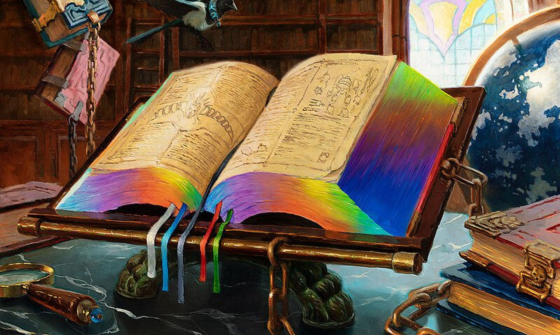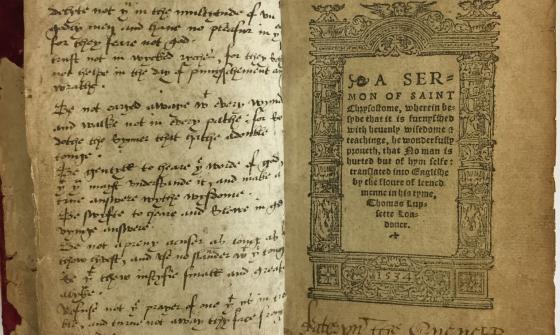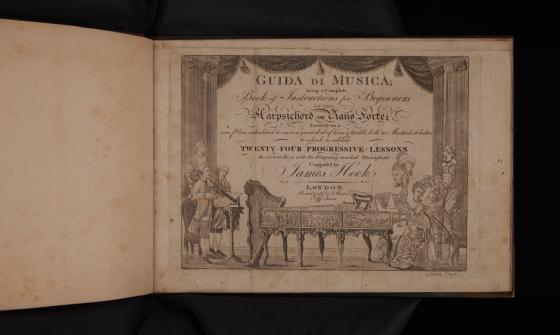Picturesque Atlas of Australasia
Released in 42 supplements between 1886 and 1889, the Picturesque Atlas of Australasia attracted over 50,000 subscribers willing to pay 10 guineas ($1,200 in current prices) in instalments. Their reward was an exceptional publication.
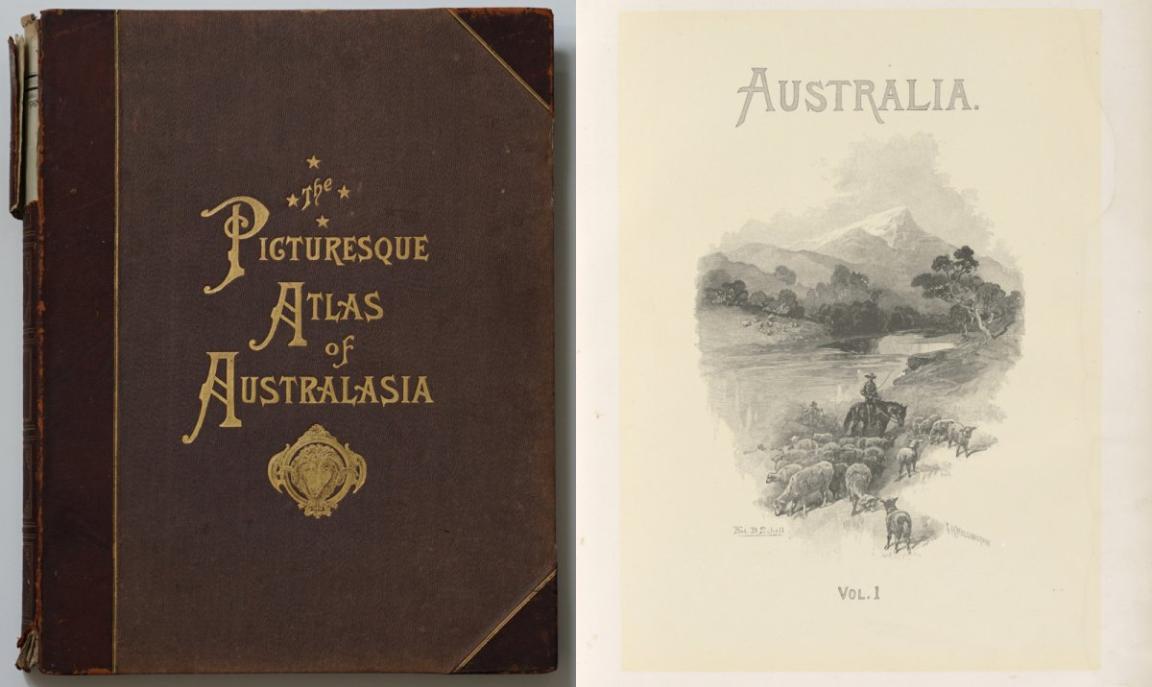
A version of the Picturesque Atlas of Australasia's cover, alongside a F. B. Schell and F. H. Wellington illustration from Volume 1 of the Picturesque Atlas of Australasia, nla.gov.au/nla.cat-vn1654251
A version of the Picturesque Atlas of Australasia's cover, alongside a F. B. Schell and F. H. Wellington illustration from Volume 1 of the Picturesque Atlas of Australasia, nla.gov.au/nla.cat-vn1654251
The Atlas artists celebrated the sophistication of Australasia's capital cities and major regional centres with townscapes rivalling the urbanity of London, Paris and New York. Such rapid progress led the Atlas to predict that 'within the next half century Australasia will have taken her place amongst the great nations of the earth', 'even', added Julian Ashton, 'in matters of art'. It may be little remembered today, but its iconography lives on in the iconic works of Australian impressionism.
The Atlas was as boastful of the Australasian colonies' achievements as it was bullish about their future. Heroic images abound of pastoral and mining industries rising from their 'golden soil', hence the Atlas's choice of the Merino ram as a symbol of impending nationhood.
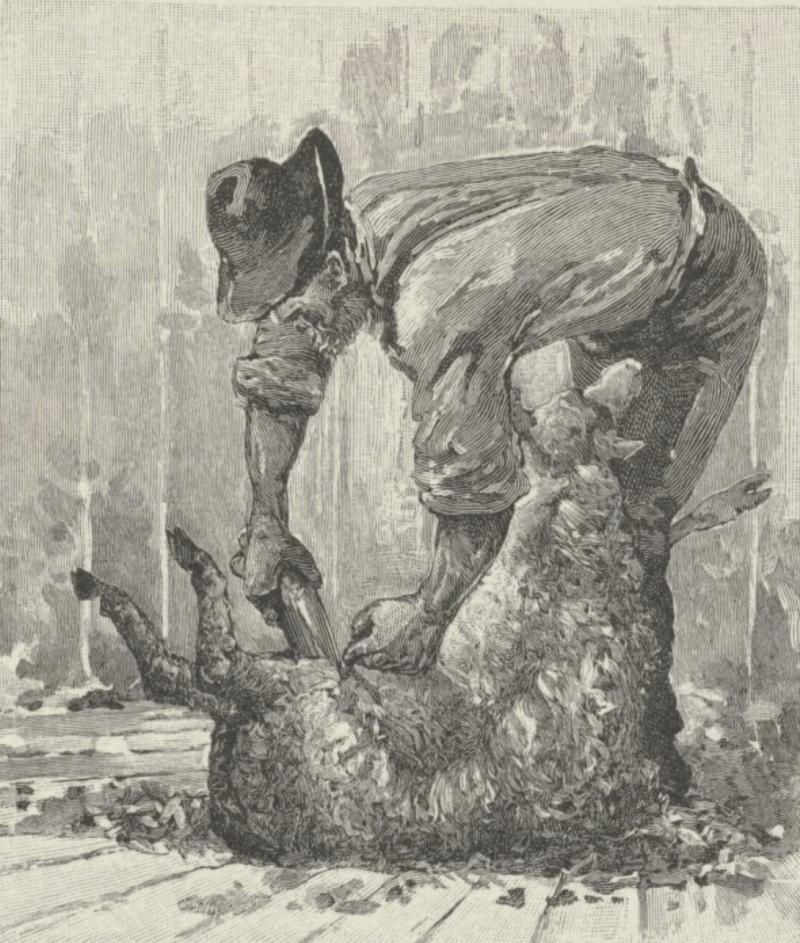
Sheep-shearer from the Picturesque Atlas of Australasia, nla.gov.au/nla.cat-vn1654251
Sheep-shearer from the Picturesque Atlas of Australasia, nla.gov.au/nla.cat-vn1654251
According to the influential critic James Smith, the Atlas was designed to 'strengthen a love of art', while revealing 'what a wealth of beauty was to be found in Australian scenery'.
After nearly a century of laments about Australia's 'melancholy landscape', the Atlas artists were able to provide numerous images of the land's 'rich and rare' beauties, now happily affirmed by settlers as their 'home...girt by sea'. In Smith's view, the Atlas also announced the arrival 'in these colonies' of 'a distinctive school of landscape painting'. By the time the Atlas's final supplement had appeared in 1889, his judgement had been re-affirmed in hundreds of reviews throughout the Australasian colonies.
The Atlas proved to be a critical success and a watershed moment in the history of Australian art. However, in the wake of a world depression, the Picturesque Atlas Publishing Company was liquidated in 1895.
The fortunes of its leading artists were equally mixed. While Ashton remained influential in the Sydney art-world up until the 1930s, his failing eyesight significantly curtailed his artistic career. A collapsing art market drove Fullwood to London, where he enjoyed only modest success before becoming one of Australia's official war artists. Mahony also migrated to London, where he died in poverty in 1916.
Discovery video: The digitised Picturesque Atlas
Discovery Video: The Digitised Picturesque Atlas
Hello, welcome to this discovery video. My name is Ben Pratten and I'm the Program Manager Education here at the National Library of Australia. In this video I'll be taking a look at the Picturesque Atlas of Australasia and showing you how you can explore this interesting book and how you can find other rare books in our collection online for free.
The Picturesque Atlas of Australasia is a set in three volumes of over 800 engravings depicting Australian New Zealand and South Pacific landscapes in the late 1800s.
The images and scenes depicted in these volumes are those that captivated European arrivals to this land and who felt driven to capture the natural world and built world around them to share with the world. However, the appreciation and admiration of the sweeping vistas and natural beauty of this continent has long predated European artists with their sketchbooks.
The National Library of Australia acknowledges Australia's First Nations Peoples the First Australians as the traditional owners and custodians of this land and gives respect to the elders past and present and through them to all Australian Aboriginal and Torres Strait Islander peoples.
Published in 42 separate installments between 1886 and 1889, the Picturesque Atlas of Australasia set out to imagine our country as it was and is through its text maps and above all its 800 steel and wood engraved illustrations.
The atlas enshrined a settler colonial view of white Australia's history, achievements and prospects, which was to have a profound impact on the subsequent evolution of Australian art, being a catalyst for the Australian impressionist movement..
It's one thing for me to tell you about the Picturesque Atlas while i have a copy here with me but it's going to be more useful for you if i show you how you can access this and other fantastic resources online for free.
The first step in locating anything in our collection is to find your way to our web page and to the catalogue.
A quick Google search of NLA will get you there or you can go straight to nla.gov.au.
Once you're there you can find the catalogue here so, if we do a specific search for Picturesque Atlas of Australasia, we'll see the results here. The one we want is at the top. You can see that it's showing as a book and as online. If it has a thumbnail here, that usually means it's digitised. We can click on the title and we'll get a catalog entry. Here it shows more details about the work, including a description and some notes. If we scroll down, we can see that there are some options for viewing the work at the bottom online in the Library and order a copy as this is digitised. The online option is available to us. Should you wish to view the object in person at the Library, you can click on. In the Library, you must have a library card in order to view an item in person. Ordering a copy means that you can request for a page or pages to be copied, pending preservation and copyright issues. This is a paid service and you can learn more about Copies Direct by following this link.
Today, we're looking at how you can access the Picturesque Atlas from anywhere, so we'll go back to online. Once you click this link, you can see we're taken away from the NLA catalogue and you're now in the Trove viewer. Trove is our discovery service that searches the catalogues of hundreds of institutions across Australia. It's also the platform through which we can view our digitised books. If you click on the 'browse this collection' button at the top here, we'll be taken to the collection screen. The picture atlas was published in three parts. All three parts have been digitised here. So select the one you're interested in or just start at the beginning.
I'll go with Volume one for now. We're now taken through to the picture viewer. The digitised Atlas is high quality and can be navigated through using buttons across the top and down the sides. You can also move around the pages by clicking and dragging to focus on the part that you're interested in. The default view is one page at a time. You can move through the pages using the mouse wheel or the arrows along the top here. This view is useful in some instances, like when you're looking at a particular section. However, if you're interested in general browsing, I like to use the two page spread section to make this book easier to read in context. You can't use the mouse wheel in this view, but you can click on the pages when you want to turn or use the arrow keys on your keyboard. The six dots here will expand the view to give you the thumbnails of the digitised content, so you can skim quickly to find something interesting or the particular page you're after.
Some of the landscapes are oriented sideways on their own page. To turn them to be the correct position, use the circular arrow here. This will rotate any page 90 degrees clockwise. Just keep clicking until you have the correct orientation. Note that you have to be in the single page view to do this. It will only affect the page you're on. If you progress to the next page, it should be in the correct position. The images are of high enough quality that they can be zoomed using the magnifying glass here to a considerable depth and the clarity is not lost for the full immersive experience. You can use the crossed arrows here to bring the book to full screen. This will hide the toolbar down the side. To get it back, just click the arrows again. The timeline bar across the top is another way to navigate the book. You can see these blue arrows along the top of the bar. These are essentially bookmarks, they mark chapter positions and also any significant headings or images they are connected to. The contents tag on the left hand side, you can navigate the content links by clicking on them and the book will navigate to that page..
This is a good segue into the left hand toolbar. Each of these icons can give you some more information about the work you're viewing. It will give you the work details, publishing date, title pages, etc. The C will give you information about the copyright status of the work. You can contact us using the link here if you have any questions about copyright. 123 is the contents tab we looked at earlier. The magnifying glass, this lets you search the work for keywords. This only works if the book has been OCR'd, which means that the text has been digitised. If we do a keyword search, you can see it lists the pages on which the word occurs and you can see in the timeline up the top the pages are highlighted green. If we click on one, it'll jump to that page and we can find the word highlighted. A is the OCR text. For some works this will be accurate as it has been transcribed and edited for errors. Some works, though, will only be transcribed by a computer and in the case of old text where the print is hard to read it, may not be so accurate. The pen and paper, this will give you some information about how to reference and cite the work you're looking at in a range of different styles. The page with the arrow, this is a great feature of Trove. Everything that's digitised on Trove can be downloaded for free. Books, pictures, maps, etc. Here you can see a range of formats to download in. PDF and JPEG will download image files of the page or range of pages you're viewing. If you select text, it will download the OCR transcript text. You can set the page ranges using the sliders here. If you really want to you can download the whole thing as an ebook depending on the work and access agreements with publishers. The images about available for download may be high definition or standard definition. Shopping cart, this lets you order a high resolution copy from the Library's Copies Direct service. This is the paid service I mentioned before. In the catalogue screen finally, the arrows will simply get rid of this bar altogether and give you more room to view the work that you're looking at.
The Picturesque Atlas is just one of the many old and rare books the Library has digitised and made available online. I'll show you quickly how you're best to find these. So back in our catalogue, click the advanced search function, then click find down the bottom and once you're here you can see that we have about 5 million results. Using the narrow search function, limit your search to book and then also to NLA digital material. This will highlight only the books that the NLA has digitised. Now to dive back into the past, under the sort by drop down, select sort by date. This will organise the search by date of publication. So now we can see the Library's oldest book from 1162 is at the top of the list. You can click through the thumbnail and we're now back in the familiar Trove viewer. You can now spend some time combing through the list and clicking through to find anything that interests you. Use the narrow search functions to get more specific if you like.
Here are a few other interesting examples of digitised books I've found in the catalogue. The Unlucky Voyage of the Batavia from 1630. Darwin's On the Origin of Species, 1859. This is one of the earliest known surviving copies of the first edition to arrive in Australia. The Birds of Australia in Seven Volumes by John Gould, 1869. Aurora Australis from 1908. The first book ever printed in Antarctica edited by E H Shackleton and an old favourite first copy of the first edition of Blinky Bill a quaint little Australian from 1933. This is the publisher's presentation copy and was given to the author Dorothy Wall.
These have been a small sample of the many interesting books freely available to you through the National Library of Australia's catalogue. I hope this discovery video has been helpful and gives you some tools to start your own search through our rare and historical book collection.
Thanks for watching
